Six projects for the Internet of Things
In a bid to showcase the opportunities of the Internet of Things, six teams of designers, academics and entrepreneurs are working up prototypes of connected objects. The projects were chosen from a shortlist of 18 and are being developed as part of the Arts and Humanities Research Council’s REACT programme (Research & Enterprise in Arts & Creative Technology) and each is receiving £50 000 in funding over the next three months. The projects will be completed over the summer and showcased to the public in the autumn.
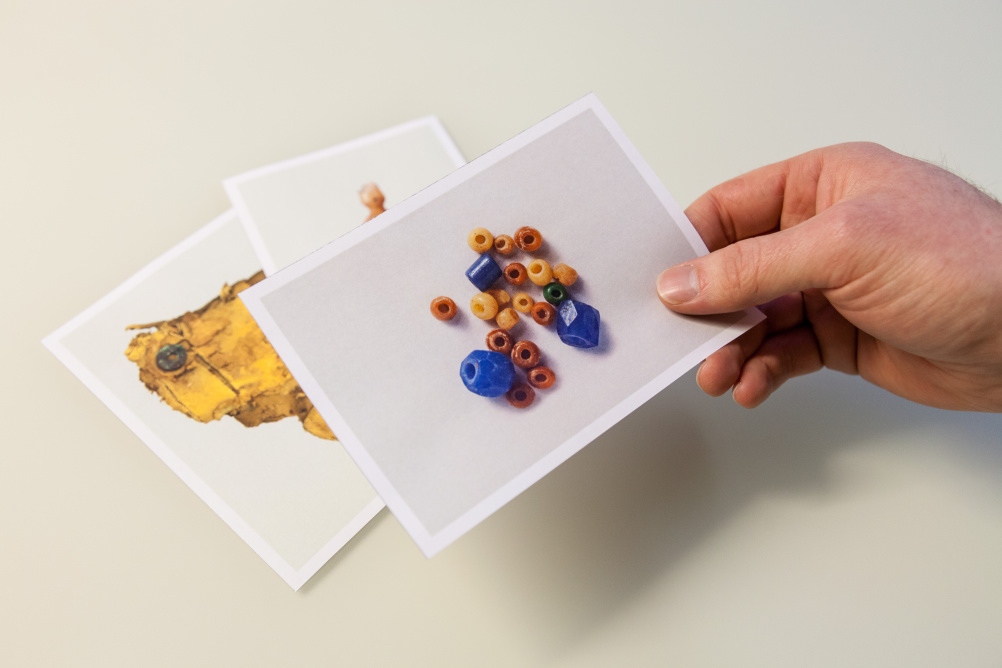
Reflector
This is a project to look at how technology can be embedded in historical objects to tell their stories. University of Bristol archaeologists Alex Bentley and Mark Horton are working with consultancy Uniform to develop the project, and are looking at objects associated with the Transatlantic Slave Trade – the effects of which can still be seen in Bristol today. It is hoped that the project could open up an alternative to screen devices and make archaeological material more accessible.
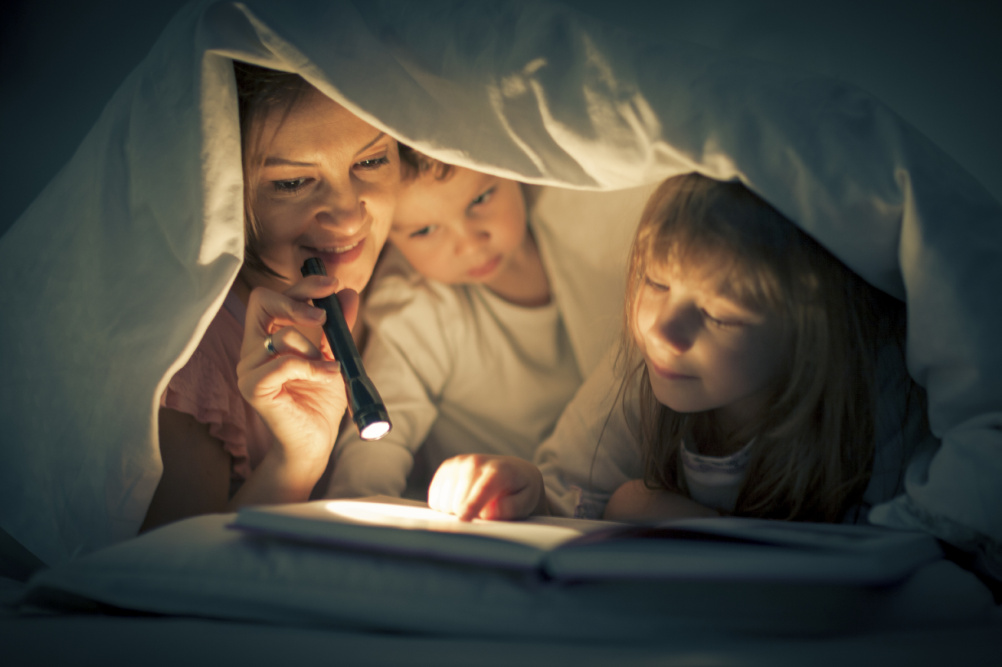
InTouch
InTouch is a project which aims to create a ‘physical story portal’ which could be usd by relatives or friends who live long distances apart as an alternative to ‘what can be flat or broken up video calls’. The project is being developed by Kinneir Dufort, working with Victoria Bates from the University of Bristol’s history department, and Kirsten Cater from the university’s department of computer science. The team is aiming to create ‘a magical and playful object that will use multi-sensory technologies to link teller and listener through sound, light and touch’.
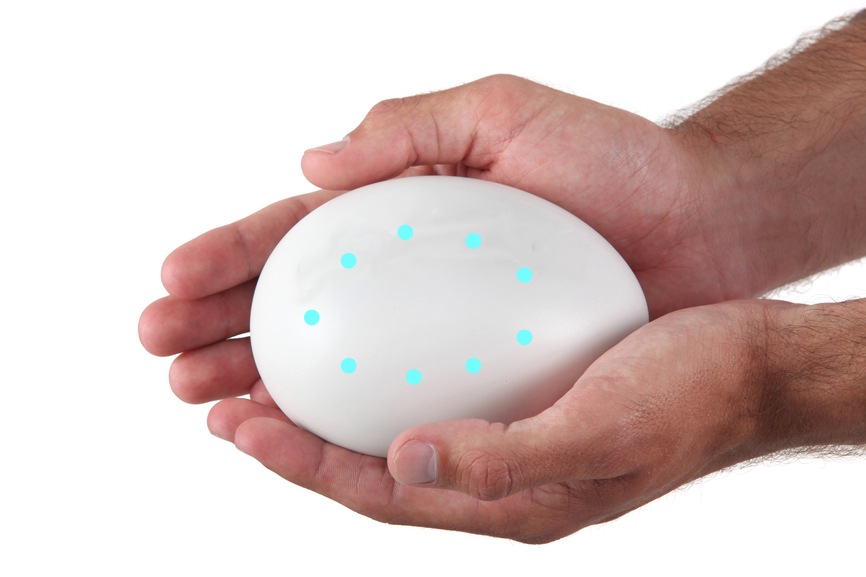
Breathing Stone
A team including a composer and an entertainment consultancy is creating a product that aims to help people suffering with stress and anxiety. The Breathing Stone can be held in the hand and senses heart-rate and breath – it then generates music that reflects and adjusts to the user’s physiological state. The project is being created by Paul Leonard and Chris Clarke from the University of Bath’s electronics department, composer Joseph Hynde and entertainment and healthcare consultancy Adaptive Media.
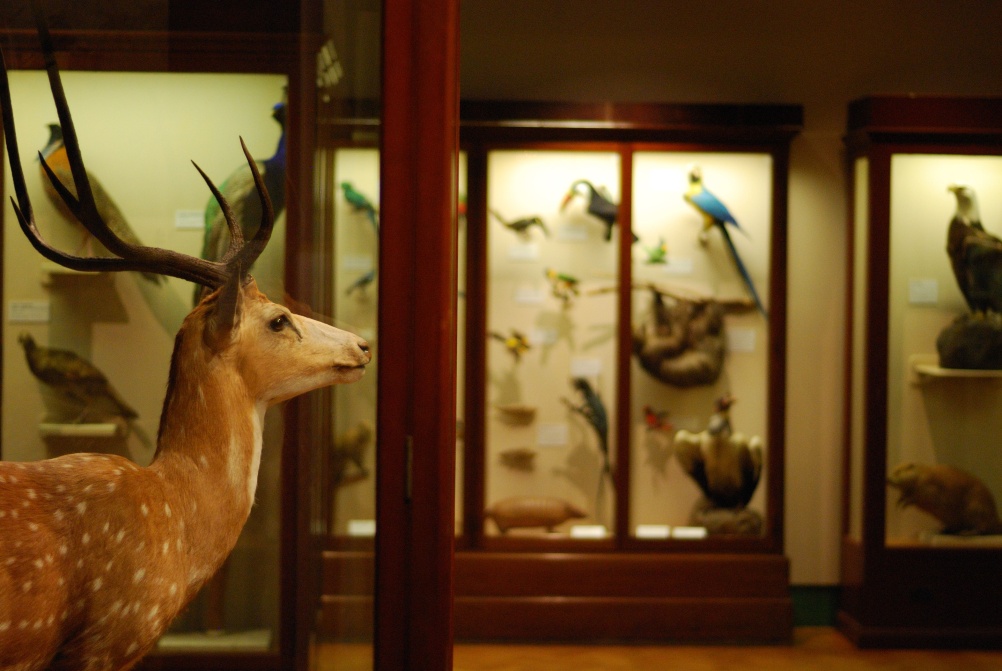
Curpanion
This project aims to enliven ‘dusty taxidermy, often consigned to the back of museum spaces, back to life’. When developed, Curpanion will help people curate their visits to taxidermy collections and unlock augmented taxidermy exhibits and will also allow people to create their own online menagerie of animals. The project is being developed by consultancy Play Nicely with Merle Patchett from the University of Bristol’s department of geographical sciences and Andrew Flack from the University’s history department.
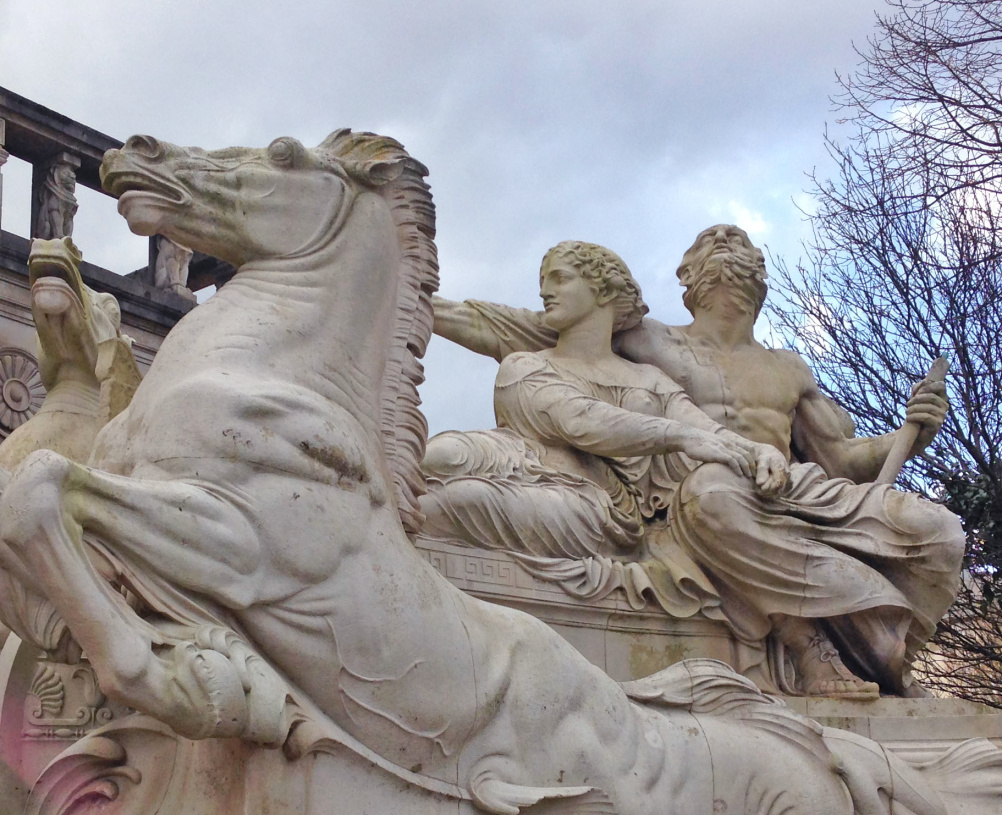
Fans on Foot
A team of academics and technologists is creating specially designed jewellery that will alert users to nearby ‘hot-spots’ where TV and film action has taken place. The Fans on Foot project will guide users to – for example – the spot where Sherlock Holmes jumped from a building or where the Tardis touched down in Dr Who. It will ‘guide people to locations and create a secret talisman only other fans will know’. The project is being developed by Naomi Dunstan and Ross Garner from Cardiff University’s media department, working with Tarim from Media Playgrounds.
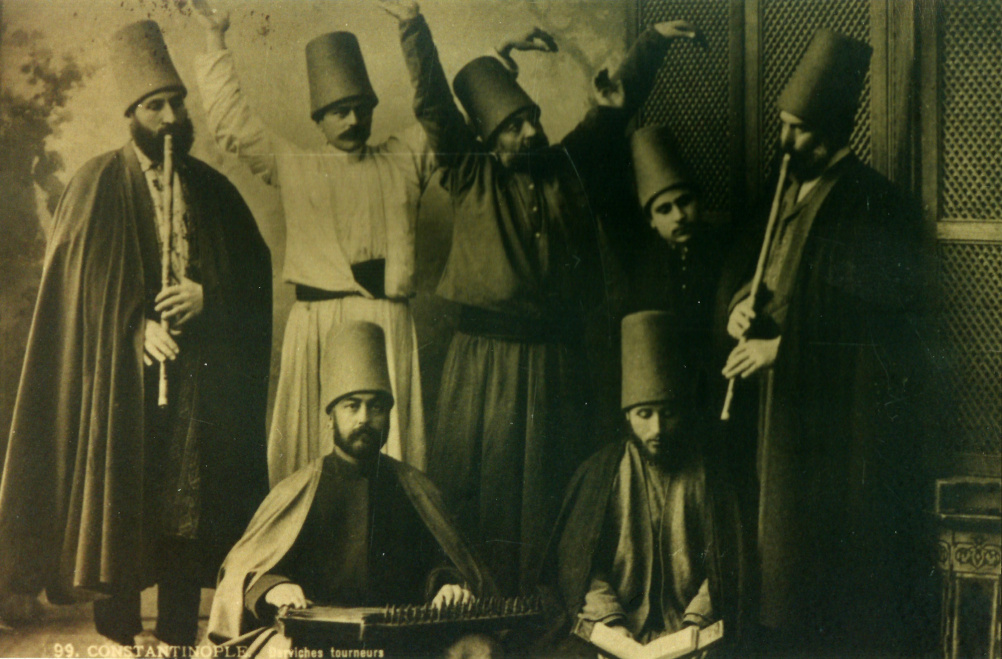
The God Article
The God Article is a project to help people learn how to play the Ney, a traditional wind instrument created in Turkey around 4500 years ago. The Ney is notoriously difficult to play and only a few people around the world can teach it. The God Article is being developed by ethnomusicologist John O’Connell, sonic art scholar Alexandros Kontogeorgakopoulos and user experience designer Anthony Mace. The team will develop Ney replicas augmented with breath sensors to enable connected distance learning.
-
Post a comment




